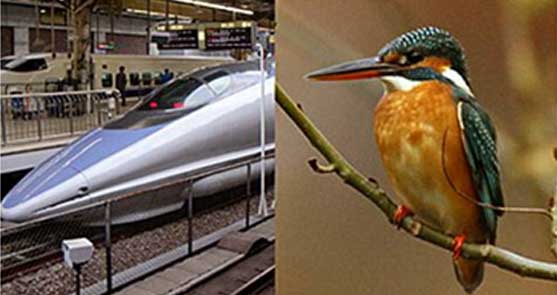Blog Detail


Biomimetics - Forecasting the Future of Science and Technology
26-06-2018

Biomimetics
Biomimetics is an interdisciplinary field in which principles from engineering, chemistry, and biology are applied to the synthesis of materials, synthetic systems or machines that have functions that mimic biological processes. Biomaterials are any natural or synthetic material that interacts with any part of a biological system. Biomimetics designs could be used in regenerative medicine, tissue engineering, and drug delivery.
Concept of Biomimetic
The study of Biomimetics is not a new trend, but the way we look into nature for inspiration has been in practical use for a long time. It has been called by different names such as “intellectual structure” in Japan and “smart material” in the USA. Biomimetics is centered on the idea that there is no model better than nature for developing something new and has produced excellent results in productivity and function. This idea has also opened doors to realistic gains by eliminating waste and saving in research expenses.
Field of Biomimetic
Humans have the strong effect on nature with resource extraction and industrialization; however, by using Biomimetics this pattern can be avoided. Biomimetics simply uses natural properties as the basis for innovation of new products. Such products can be designed to play a part in general industry as well as to provide human convenience in the fields of chemistry, biology, architecture, engineering, medicine, and biomedical engineering. Such a symbiotic relationship plays a critical role in the coexistence of humans with nature, and the extent of its application can be boundless.
Examples of Biomimicking Technology
Whale wind turbines, Boxfish and the Bionic car, Kingfisher beak and the bullet train, Lizard and velcro, Birds and flight, Lotus-inspired hydrophobia, Water collecting beetles, Bird-safe glass, A sharkskin coat, termite mounds and Biomimetics Architecture.
Current Market Size of Biomimetic
In Europe, Japan, and the USA, Biomimetics is being recognized as the technology of the future and there is increasing interest and funding. Few global companies such as Ford, GE, Herman Miller, HP, and IBM have collaborated with scientists to design the laboratories to explore novel technologies. Between 2005 and 2008, products and construction projects that used Biomimetics was estimated to reach $1.5 billion. By 2025, industry analysts project that products and services in bio mimicry will increase to $1 trillion in market size. In the US alone, it is expected to have a $35 billion market with over 1.6 million new job opportunities.
The solution for Survival and Future of Humanity
The technology of Biomimetics have been used and advanced without formal research in many areas. Accumulating creative ideas as a foundation, mankind has accelerated the speed of development and evolution of civilization. However, such rapid industrialization has resulted in environmental pollution and a shortage of natural resources that is threatening the survival and future of humanity. As a result, it has become critical and urgent to find alternative methods to engineer materials, products, and services. Biomimetics is potentially the best method to help us manage with future development of civilization, environmental pollution, and resource shortage threats.